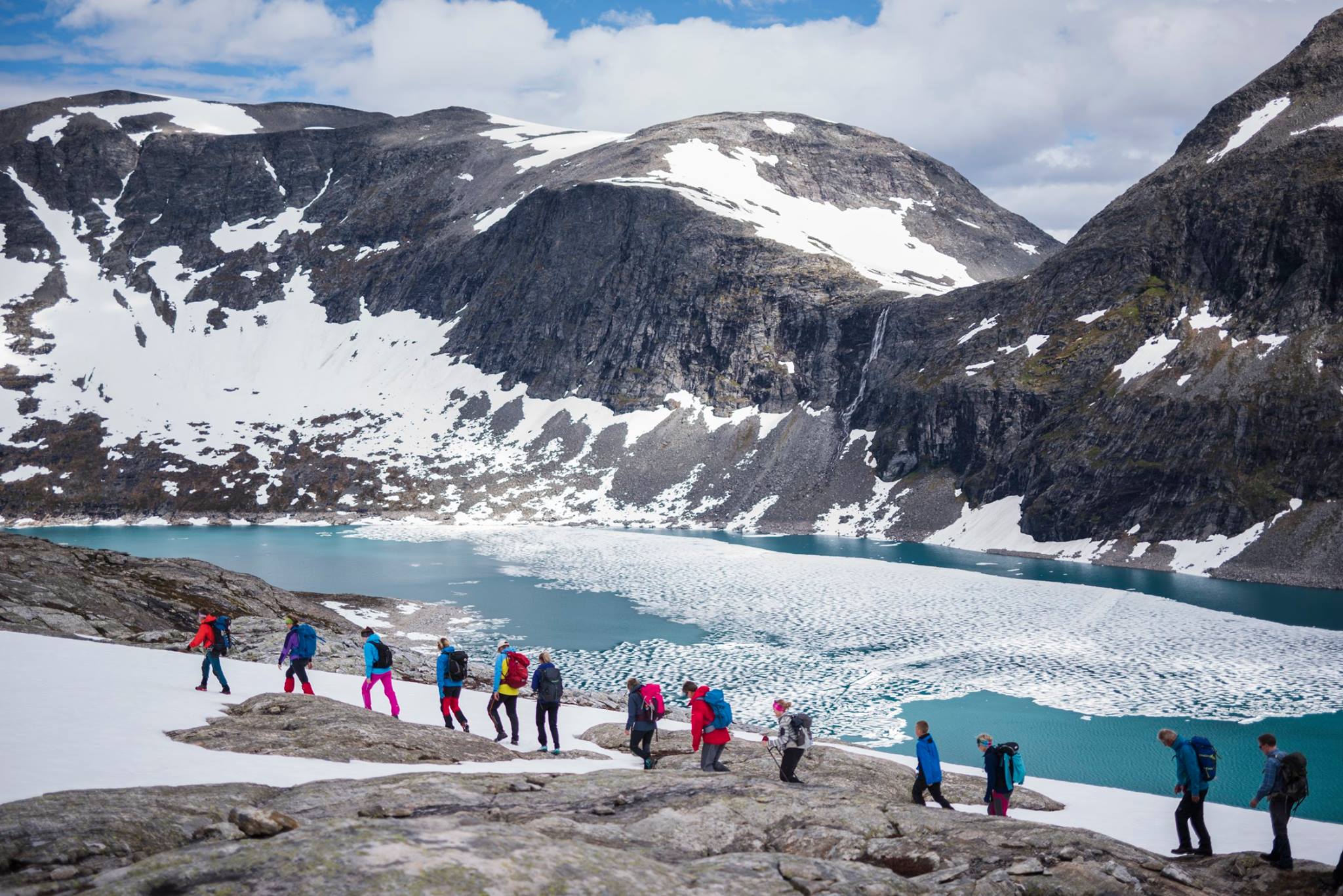
7 best tips on what to wear when hiking in Norway
"There is no such thing as bad weather, only bad clothing" - Swedish and Norwegian proverb.
Here I will share some tips on how to choose good hiking clothes and what to wear when hiking to keep you warm, dry, and happy during your adventures in Norway. I will not recommend any specific brands because in different regions you can find similar products from different manufacturers.
Check out our yoga and hiking retreats in Norway, and Nepal.

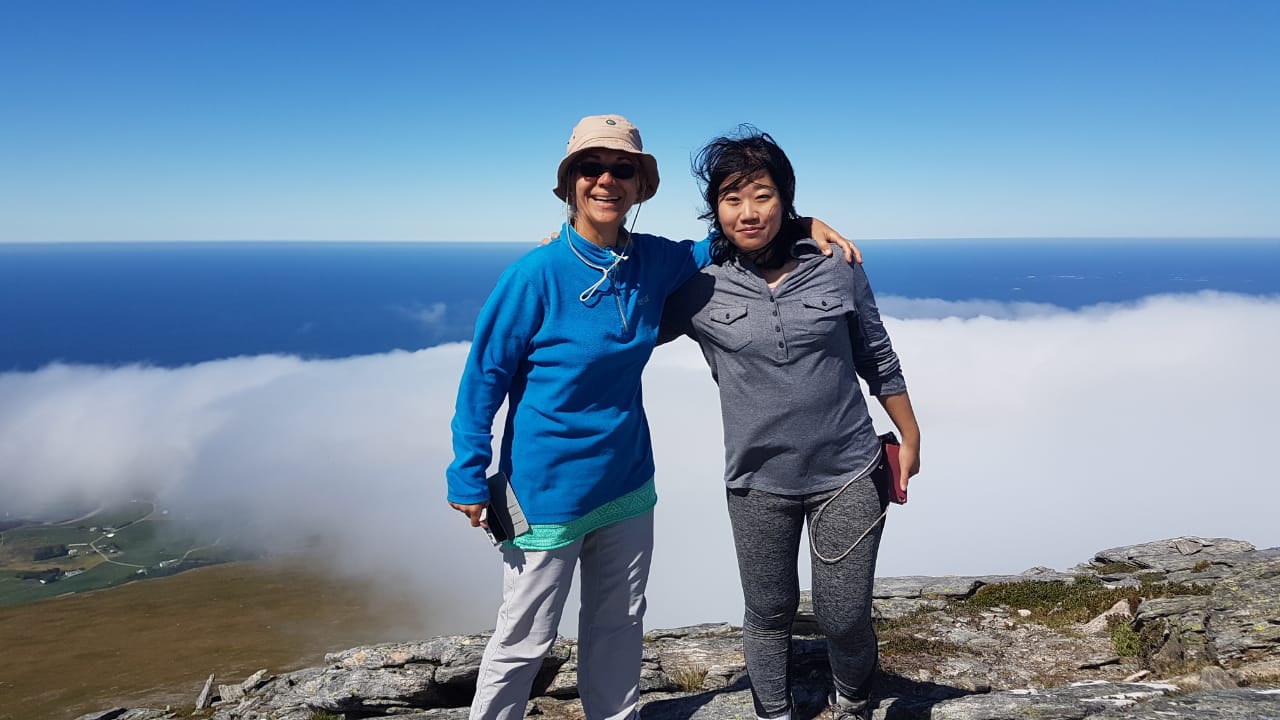
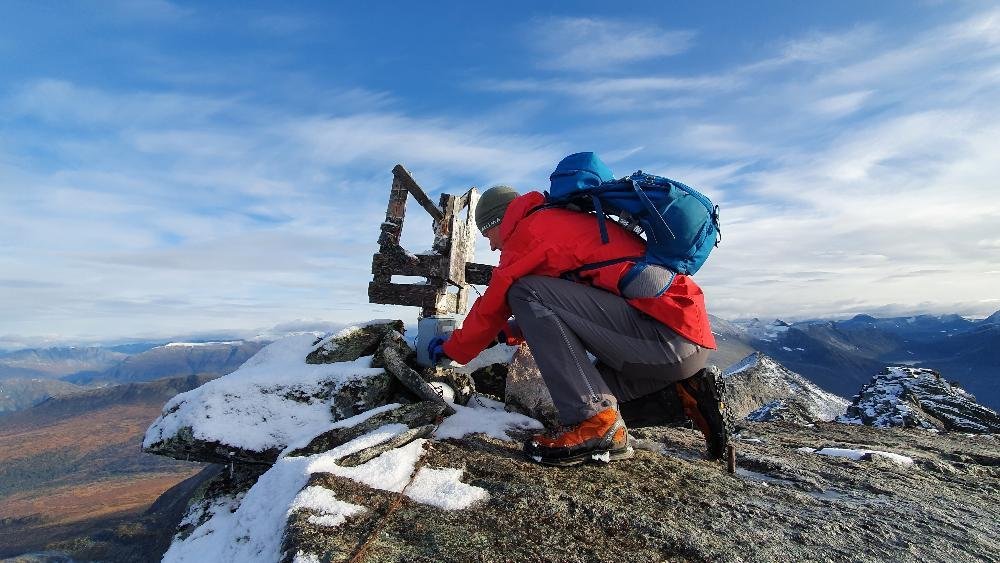
What to wear when hiking in summer-layers, zippers, and pockets
When I moved to Norway in 2013, I started hiking in my jeans, aerobic leggings and top, running shoes, and a light jacket. Although Norwegians thought it was strange (jeans are especially despised), I was not disturbed by it. My hikes were usually short and close to home. With time my hikes became longer and more complicated and I started to buy special hiking equipment. I discovered that the little improvements made a difference! For example, my backpacks got bigger but lighter and I replaced all my pants and jackets with ones that have ventilation zippers.
You start to notice the importance of clothing when you hike for several days in a row, your hike lasts for the whole day, or the weather changes suddenly. When you hike uphill you always get hot and sweaty. The contrast becomes clear when you reach the top of the mountain which is usually windy and cool.
If you want to sit down to eat, relax, and enjoy the view, you instantly feel the cold creeping in. On the way down your legs are already tired so you must take extra care not to stumble and fall. That means hiking at a slow pace with sweaty clothes and rubbing shoes. Suddenly you may find that hiking is not so enjoyable anymore. Fortunately, all this is avoidable when you take advice from experienced hikers.
The most important thing about hiking clothes is layering. This tried-and-true strategy helps you regulate temperature by slipping layers on and off as your activity level or the weather changes. You may not want to wear a lot of layers at the start of your hike but it’s a good idea to take them with you on every outing - you can peel off layers when you get hot but you can’t put on layers that you didn’t bring along.
The base layer should wick sweat off your skin
I am not going to talk about underwear which should be comfortable every day, not only when hiking. But I want to talk about T-shirts. Wool is very popular in Norway: summer wool, merino wool, smart wool, old fashion wool, etc. If I'm honest, I don't go along with fashion trends easily, but buying myself a light, summer merino wool T-shirt was a very good idea.
When hiking with a backpack, your shirt must have sleeves. It is very uncomfortable to feel the backpack strap under a sweaty armpit on a warm summer day. A cotton T-shirt is not the best choice because it dries slowly. I recommend a light wool or synthetic T-shirt for warm weather or a long-sleeved shirt for cooler weather. Choose materials that insulate, wick moisture, and dry quickly.
The same goes for socks. A hiking sock is crucial to prevent blisters. A hiking sock, unlike a cotton sock, provides significant protection against rubbing that your boot might cause. Low-cut socks are not a good choice for hiking, choose crew socks instead.
The middle layer should insulate
Of course, it all depends on the weather but you should always have a long-sleeved sweater or a fleece in your bag. I love fleece hoodies because I always forget my hat at home and they help to keep my head warm. I prefer light hoodies that breathe well. Pullover hoodies might be difficult to put on, so I prefer ones that have zippers.
Down-insulated jackets are my favorites because they are highly compressible and easy to pack in your bag, also down offers more warmth for its weight than any other insulating material.
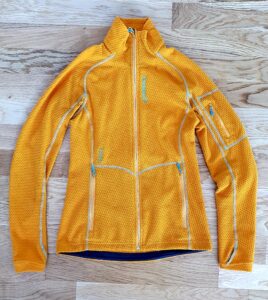
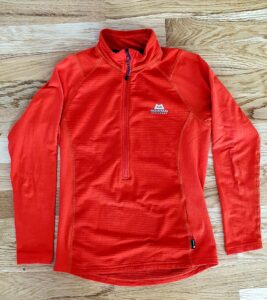

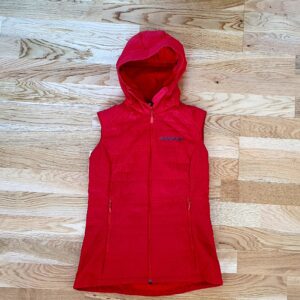
The outer layer should shield you from rain and wind
The outer layer (or shell layer) protects you from wind, rain, and snow. Shells range from pricey mountaineering jackets to simple wind-resistant jackets. Most allow at least some perspiration to escape; virtually all are treated with a durable water-repellent finish to make water beads up and roll off the fabric.
Your outer shell is an important piece in stormy weather because if wind and water are allowed to penetrate to inner layers, you can get really cold. Pit zips under the armpit are again important. The ideal would be lightweight, wind, and waterproof material but usually, if you want significant protection against the rain and wind then you might need to make a trade-off on weight.
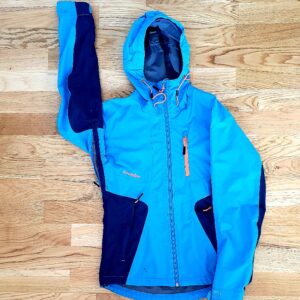
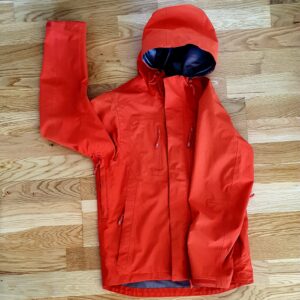
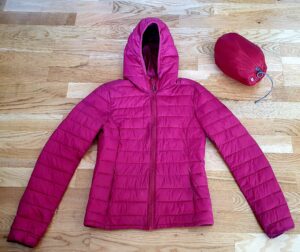
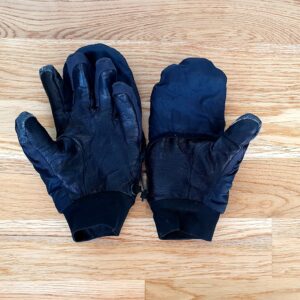
Hiking pants
I think I would love hiking pants that can be turned into shorts by unzipping the long pant legs. Unfortunately, I do not have them yet. But I have several breathable, windproof hiking pants with ventilation zippers and I love them. It is important for me that they also have pockets with zippers - the more the better. Otherwise, my keys, phone, and other things would disappear fast. The material of hiking pants is also crucial. Your pants should be lightweight, soft, stretchy, and windproof. I also have a pair for heavy rain. You mustn't have to take your boots off when you pull on your rain pants. That means a zipper on the side of the pants.
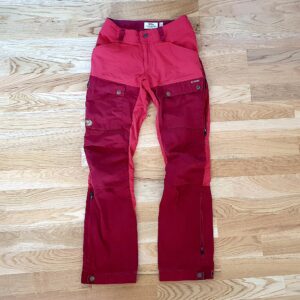
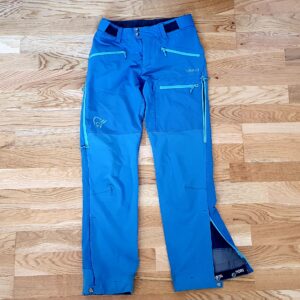
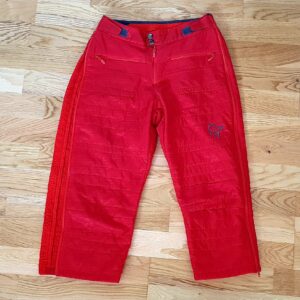

Hiking boots or shoes
One of the most important things you wear on the trail is shoes. Low-cut models with flexible midsoles are excellent for hiking on a warm summer day. I prefer lightweight, flexible, mid or high-cut hiking boots with a good grip. My boots are not 100% waterproof but they are water-resistant. Always wear your new shoes at home or on short hikes before going out on longer hikes. After hiking remove the insoles of the shoes and clean them properly. Remember to also reapply for a DWR treatment every once in a while.
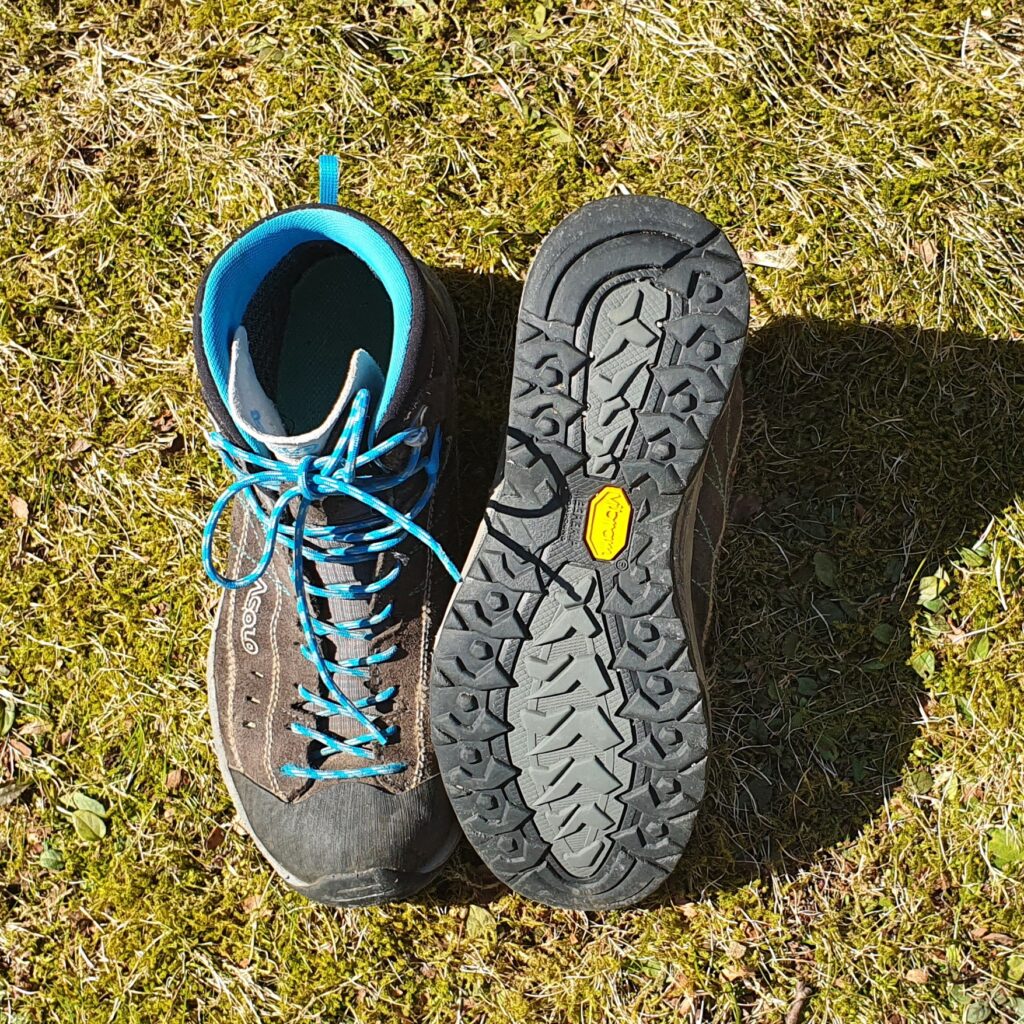


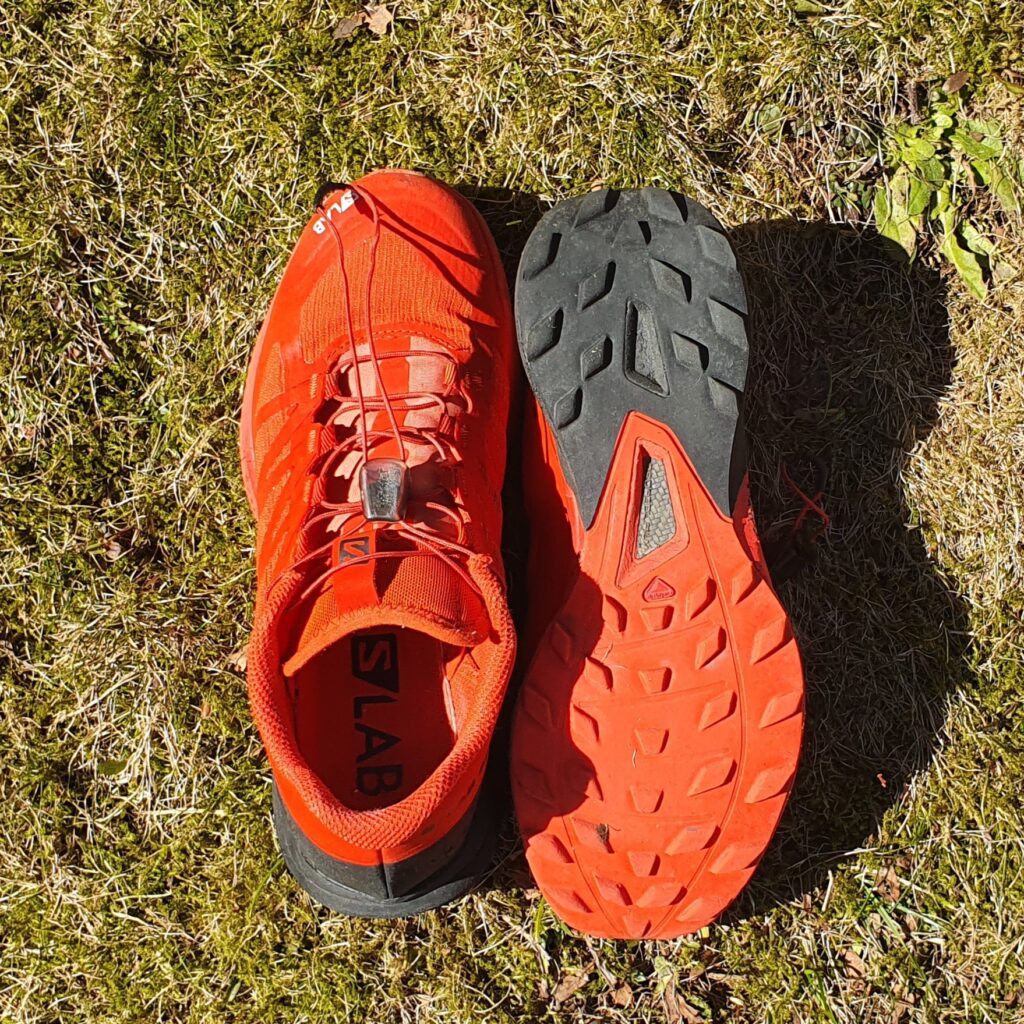
Hiking hats
When you go hiking in the Norwegian mountains, you often need woolen clothes and hats – let’s face it; being situated in the Arctic Circle does have its natural effect on the temperature.
The Norwegian Trekking Association (DNT) came up with a clever way of making layers and dressing up for the cold, a lot more fun. In 2014 they launched the Norwegian Mountain Pick Up Code, which might cause your hat to give you more than warm ears – depending on which color you choose to wear.
The main rules are rather simple:
If you are single, you wear a green hat. If you are in a relationship, you wear a red hat. And if you see someone wearing a yellow hat, they might be open to a flirt.
DNT launched the Pick Up Code initially as a prank for April Fools’ Day. However, adventurous Norwegians embraced the game, and now you can use the Norwegian mountains as your very own real-life Tinder. Just make sure to not stand by a cliff when swiping someone to the right! Read more about how to behave when flirting in the mountains in Norway here.
I prefer a cup and a jacket with a jacket with a hood for hiking in the summer which protects the head from the wind and sun. However, in cooler weather, I always have a warmer hat in my bag.
"Hiking Retreats packing advice" YouTube video for Norway hiking and yoga retreat is here.
